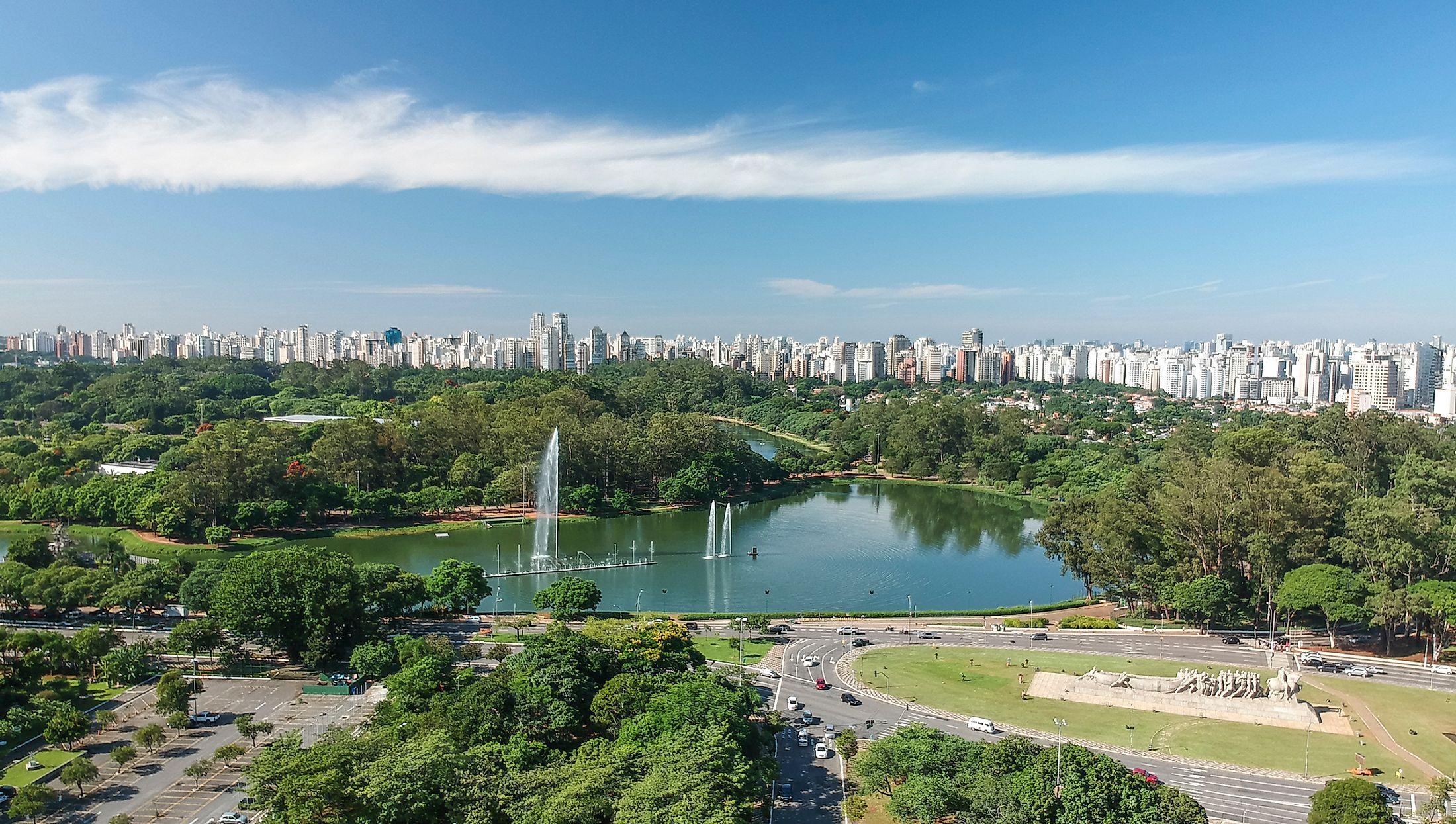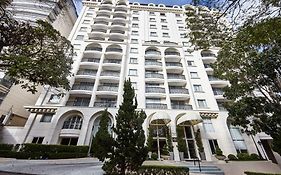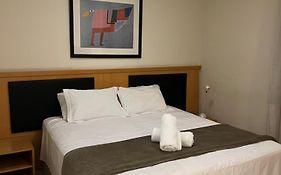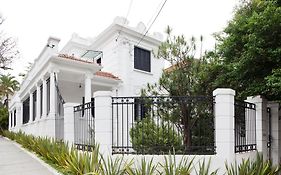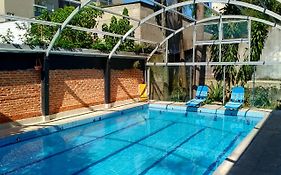
Embed Image
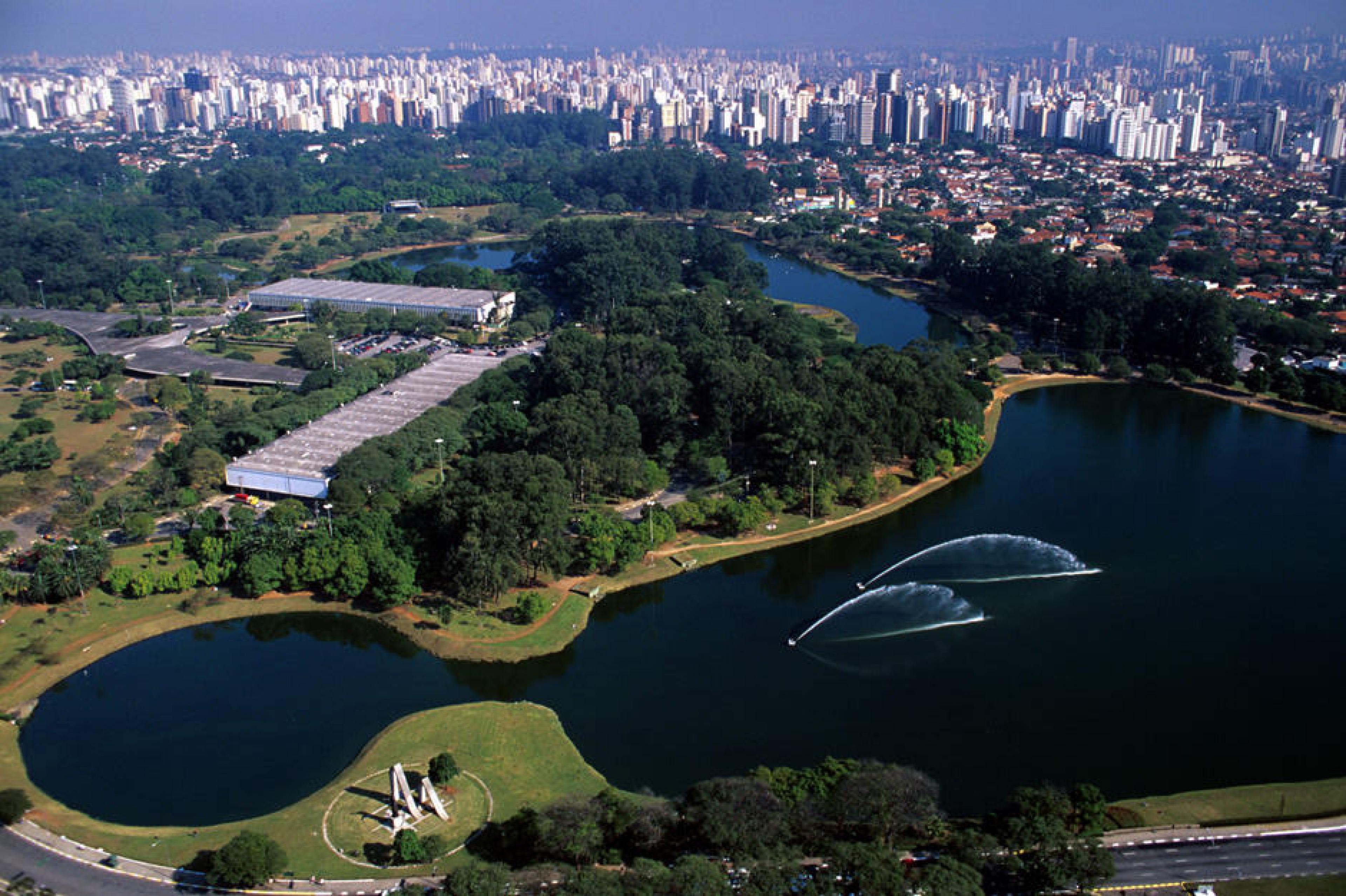
Embed Image
Ibirapuera Park is the most visited park in South America and is a must-see location for tourists in Sao Paulo, Brazil. This cultural center and green recreation area is not only a beautiful natural space but also holds great historical significance for the city. Designed by the famous Brazilian architect Oscar Niemeyer, the park showcases his modernist architectural style and engineering feats, with its iconic buildings and unique features. Visitors can explore the park's cultural symbolism and local stories, as it is home to various cultural events and festivals, making it a hub for community and creativity. The park offers guided tours and self-guided trails, allowing visitors to engage with history and immerse themselves in the unique landscape design and features.
The historical background of Ibirapuera Park dates back to its inauguration in 1954, in celebration of the 400th anniversary of Sao Paulo. It was designed to honor the city's cultural and historical significance, making it an important symbol for the local community. The park's preservation efforts and restoration projects have maintained its original beauty and continue to attract visitors from all over the world. Ibirapuera Park is also known for its opportunities for outdoor activities and workshops, allowing visitors to have hands-on learning experiences and engage with the natural and historical highlights along the hiking or walking trails.
When visiting Ibirapuera Park, tourists should consider the best times to visit for optimal experiences and be mindful of the park's eco-friendly practices and conservation efforts. The park offers accessibility and safety guidelines for visitors, ensuring a memorable and enjoyable experience for everyone. With its diverse flora and fauna, popular hiking trails, and panoramic views from observation decks, Ibirapuera Park provides a unique opportunity for nature observation and outdoor activities, making it a perfect location for tourists to explore and appreciate the beauty of Sao Paulo.




